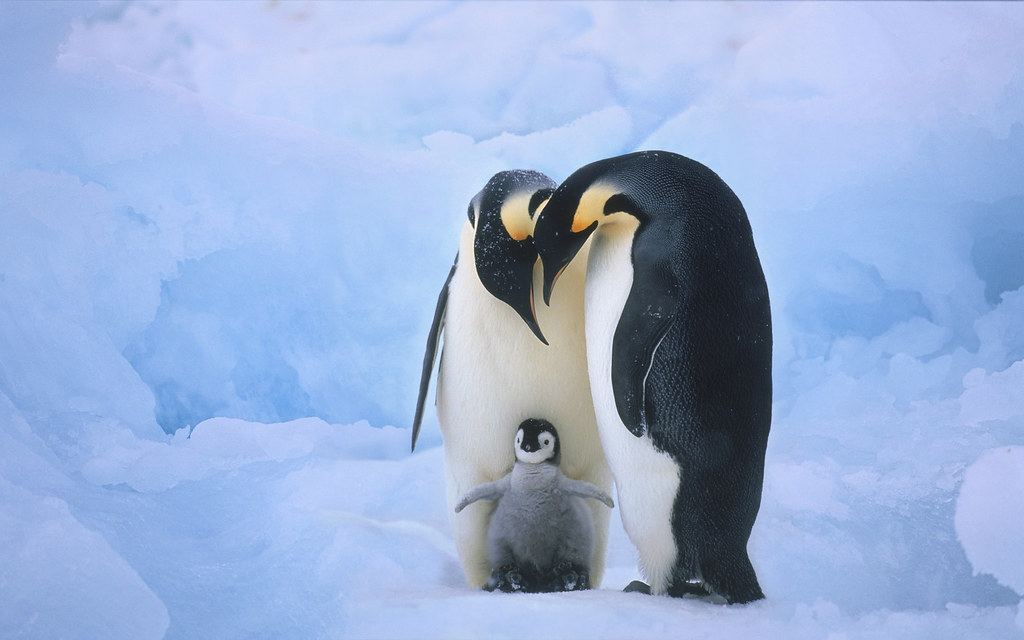“If the fabled Shangri-La exists beyond the legend, this is it.” – Michael Palin
English comic and now celebrated travel documentary maker, Michael Palin, is currently enthralling television audiences with his enriching odyssey, Himalaya.*
Over six, one hour episodes and through a lavish accompanying book, Michael regales the viewer with his adventures through the various countries and kingdoms in this enchanting part of the world.
Western travellers have long been attracted to the Himalayas for its magnificent mountains, deep mysticism and colourful cultures.
Outside of the more heavily trafficked regions of Nepal and India, lies the secluded and peaceful kingdom of Bhutan. Once a reclusive and isolated country, Bhutan is now cautiously opening its doors to tourism, ever mindful of the “corrupting” influences of western culture.
This remote, isolated kingdom appears to stand still in time while the world rages around it. Like some real-life Brigadoon, Bhutan carries on untroubled and unfussed by the tribulations elsewhere on the planet, providing a whole new meaning to the hackneyed old phrase “getting away from it all”.
Bhutan is truly one of the last remaining outposts available to the world-weary traveller. Parochial without being backward, introspective without being paranoid or hostile, the Bhutanese appear blissfully ignorant of the stresses and anxieties that plague us in the so-called modern world.
In final episode of the series, Michael passes Tiger’s Nest Monastery and treks towards the Base Camp of Chomolhari where he meets Dorji, a nomad with a penchant for yak songs. Heading down to Paro in time to enjoy the great Buddhist festival, or Tsechu, he witnesses the sacred Black Hat Dances in the fortress-like Dzong; archery contests in town; and the unfolding of the giant scroll, or thankha, during the night of the full moon. In a bar in the capital, Thimphu, Michael discusses reincarnation and the pursuit of happiness with Dash Benji and Ashi Khendum, the King’s cousins, and en-route to Bangladesh is taken by Benji to Popshika valley to see the extremely rare black neck cranes.
Adventure Associates invites you to experience some of this magical kingdom with their 16-day, fully escorted tour; “Bhutan, the Last Shangri-La.” Departing Australia on April 15, 2005 there are only a scant few places remaining on this much sought-after tour. And with strict tourist quotas applied by the Bhutanese Government, these numbers are definitely limited. Please book immediately!
Tour cost is A$8500 per person twin share, fully inclusive. For bookings and further information, please call Grahame Dann at Adventure Associates on (02) 9389 7466 or visit the website at: www.adventureassociates.com/bhutan/
Michael Palin's Travel Site: http://www.palinstravels.co.uk/





